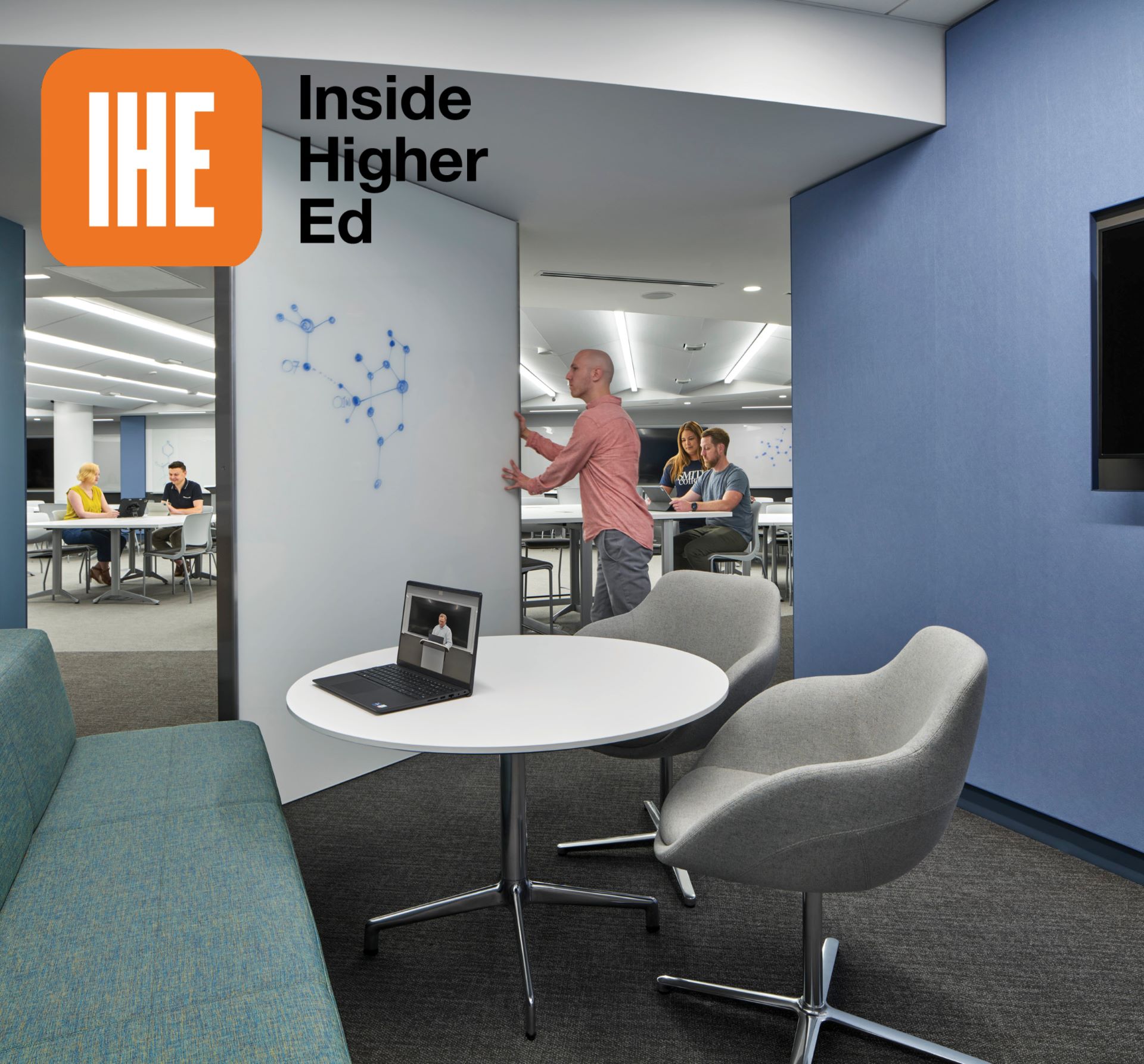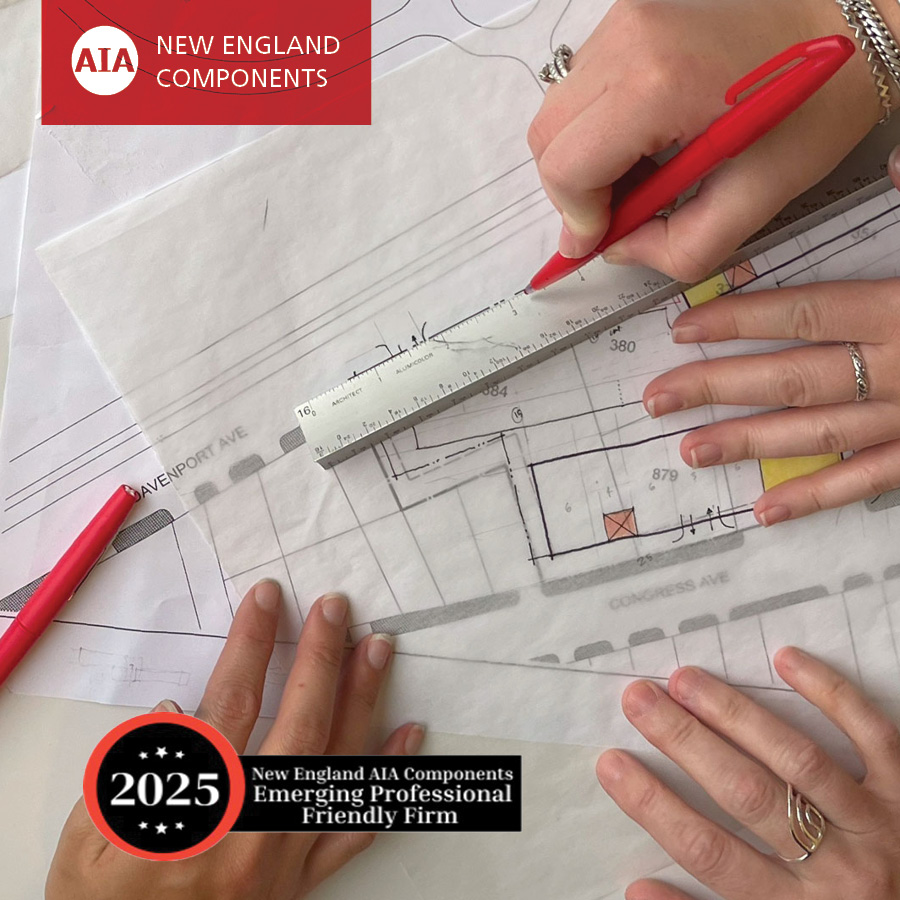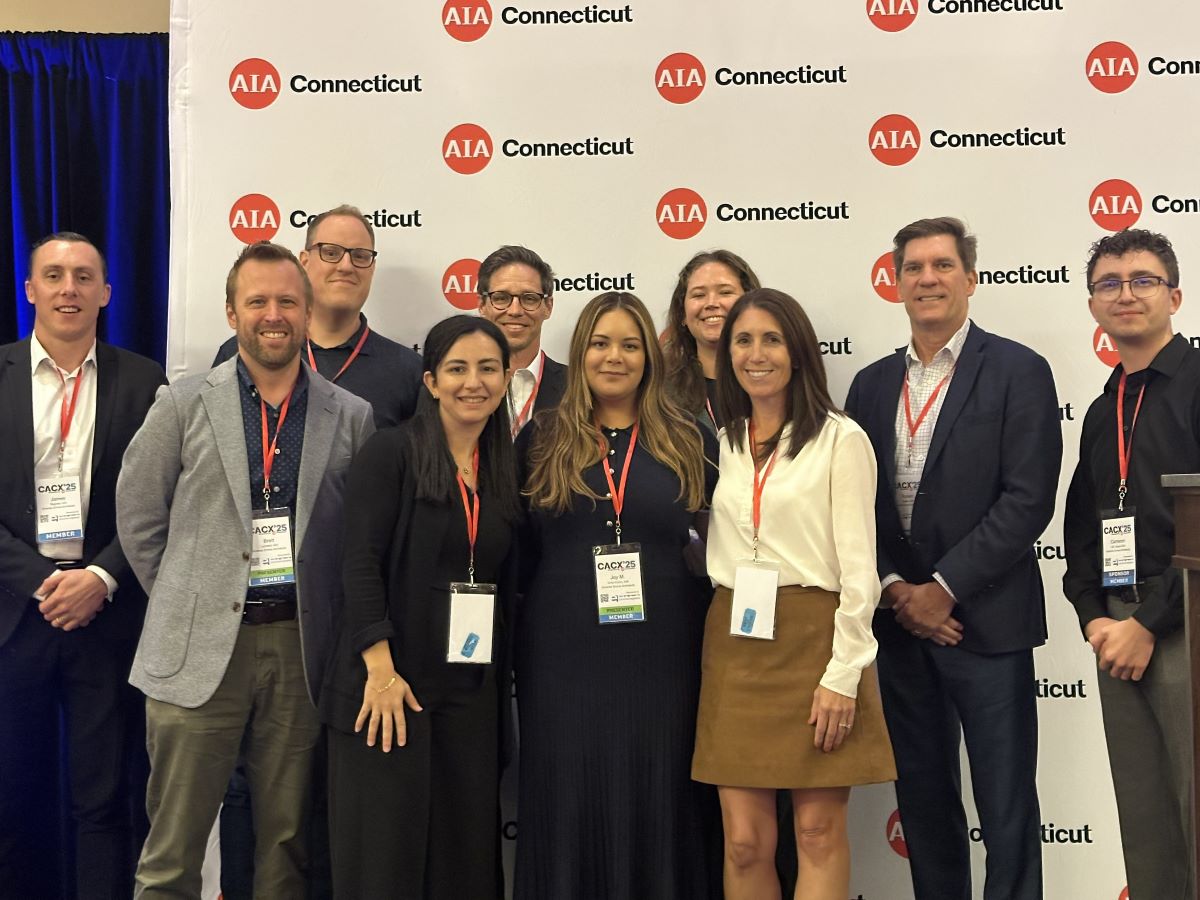Inside Higher Ed recently published an article by Michael Tyre, in which the Amenta Emma President-Elect discusses his approach to designing a classroom for neurodiverse students at Smith College. From the article:
When my architecture firm was asked to submit a proposal for a suite of projects at Smith College in Northampton, Massachusetts, including a new classroom in the old library building, the brief was clear: The Young Classroom, as it came to be known, was intended to be a space that would work for neurodivergent students, as well as their more neurotypical peers. The aim was an equitable learning experience for all students, and design was identified as a vital element in achieving that aim.
We had long worked on inclusive design, but our projects mostly involved enhancing accessibility for individuals with physical disabilities. Those projects required an empathetic view of the people who would occupy and utilize the spaces we built. Over dozens and dozens of projects we had developed an understanding of the needs of different populations and become familiar with the standards and formulas that drove inclusive design. Yet we had never been asked to consider how people who think differently might benefit from an environment built with them particularly in mind.
While few architectural case studies on neuro-inclusive educational spaces exist, there has been a fair amount of discussion about neurodiversity in higher education in recent years. Such discussions, in particular those initiated by educator Jeffrey Ashley from Thomas Jefferson University, are what led staff at Smith College to take a proactive approach to the issue and convene a classroom committee dedicated to creating next-generation teaching spaces that work for all learners on the campus.
We were brought into the project as co-creators with this committee. Through that partnership, we were able to contribute to the cause of equitable education. And while as yet there is no established formula for creating neuro-inclusive educational spaces, our experience with the Young Classroom offers some insights into how architects and administrators can work together to create better learning environments for everyone.
Read the full article here.






